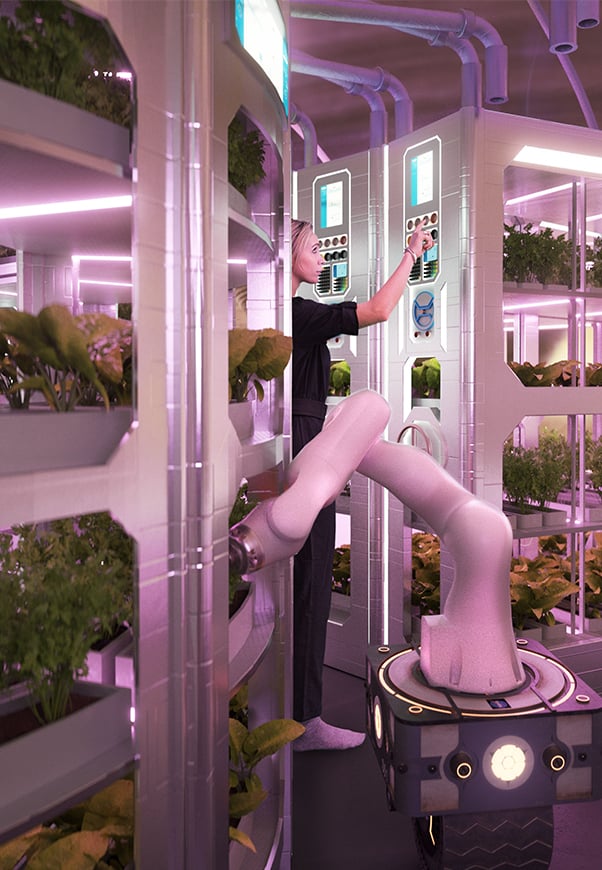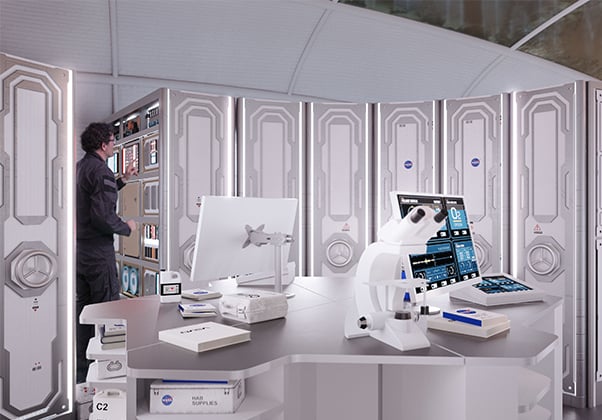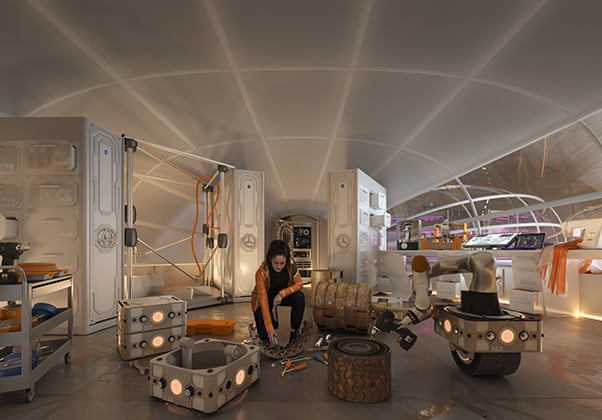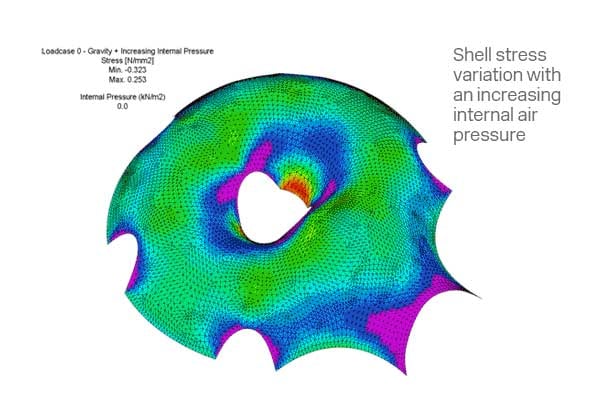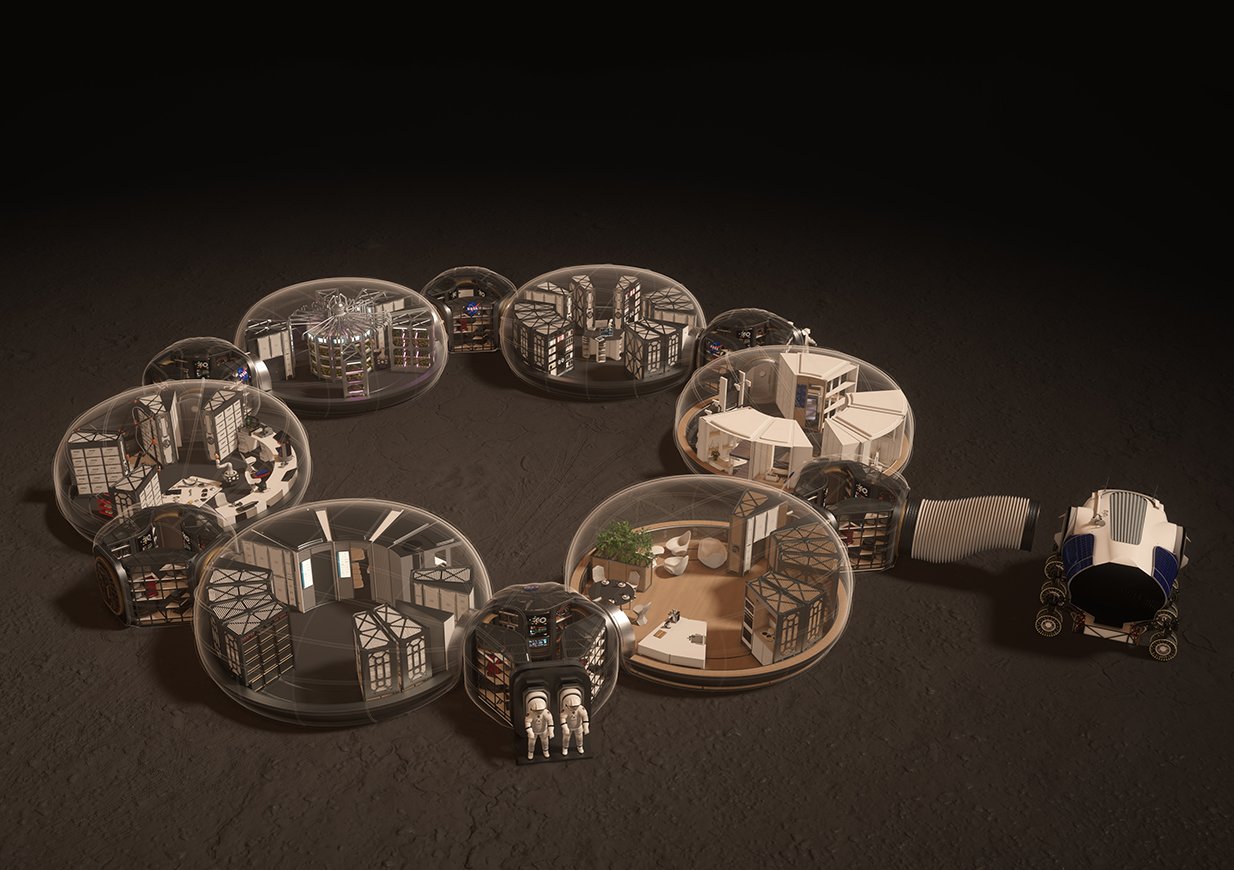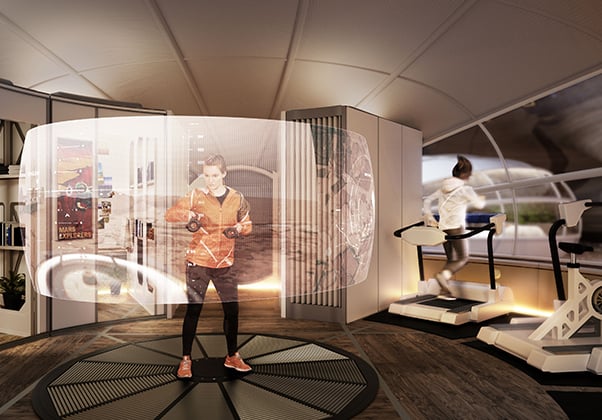Habitat pour les premiers humains à atteindre Mars, construit en utilisant des technologies autonomes d’impression 3D. Une coquille formée entièrement à partir du régolithe de la planète protégera les astronautes des tempêtes de poussière, des micrométéorites et des radiations.
Cherchant des perspectives en dehors de l’industrie aérospatiale traditionnelle, la NASA a lancé une compétition pour explorer comment un habitat humain pourrait être conçu et livré sur Mars en utilisant des technologies autonomes d’impression 3D.
Plusieurs obstacles substantiels doivent être surmontés pour que les humains survivent dans l’environnement hostile de Mars. Peut-être le plus significatif, le manque de champ magnétique et d’atmosphère laisse la surface de la planète exposée à des niveaux de radiation beaucoup plus élevés que sur Terre.
Eckersley O’Callaghan a conçu une coquille, pouvant être entièrement construite par des robots autonomes utilisant le régolithe naturel de Mars, pour protéger les astronautes des radiations, des impacts de micrométéorites et des nuages de poussière. L’équipe de conception numérique de EOC a généré la forme de la coquille de manière paramétrique pour obtenir une structure offrant une protection maximale tout en minimisant la quantité de matériaux requise et le temps nécessaire aux robots pour la construire. Pour cela, ils ont utilisé les logiciels de modélisation 3D Rhino et Grasshopper avec le plugin physique Kangaroo.
L’analyse structurelle a été intégrée de manière transparente dans le flux de travail de la recherche de forme en utilisant le plugin Karamba, permettant la modification de la géométrie en temps réel, avec les contraintes et les déformations résultantes instantanément renvoyées au concepteur.
Les robots seront envoyés sur Mars quelques années avant l’arrivée des astronautes. Ces machines intelligentes auront des rôles interchangeables, comprenant le stockage de batteries, la reconnaissance, la logistique, l’excavation et l’impression 3D, le tout intégré avec plusieurs caméras et capteurs pour la navigation.
Une fois que les astronautes atterriront, ils construiront rapidement l’intérieur du bâtiment en utilisant une série de capsules gonflables qui intègrent tous les besoins de vie et de travail pour la vie quotidienne sur Mars. Le design va au-delà de l’idée des astronautes simplement comme des opérateurs, pour créer un habitat où les gens ne survivront pas seulement sur Mars, mais y prospéreront vraiment.

